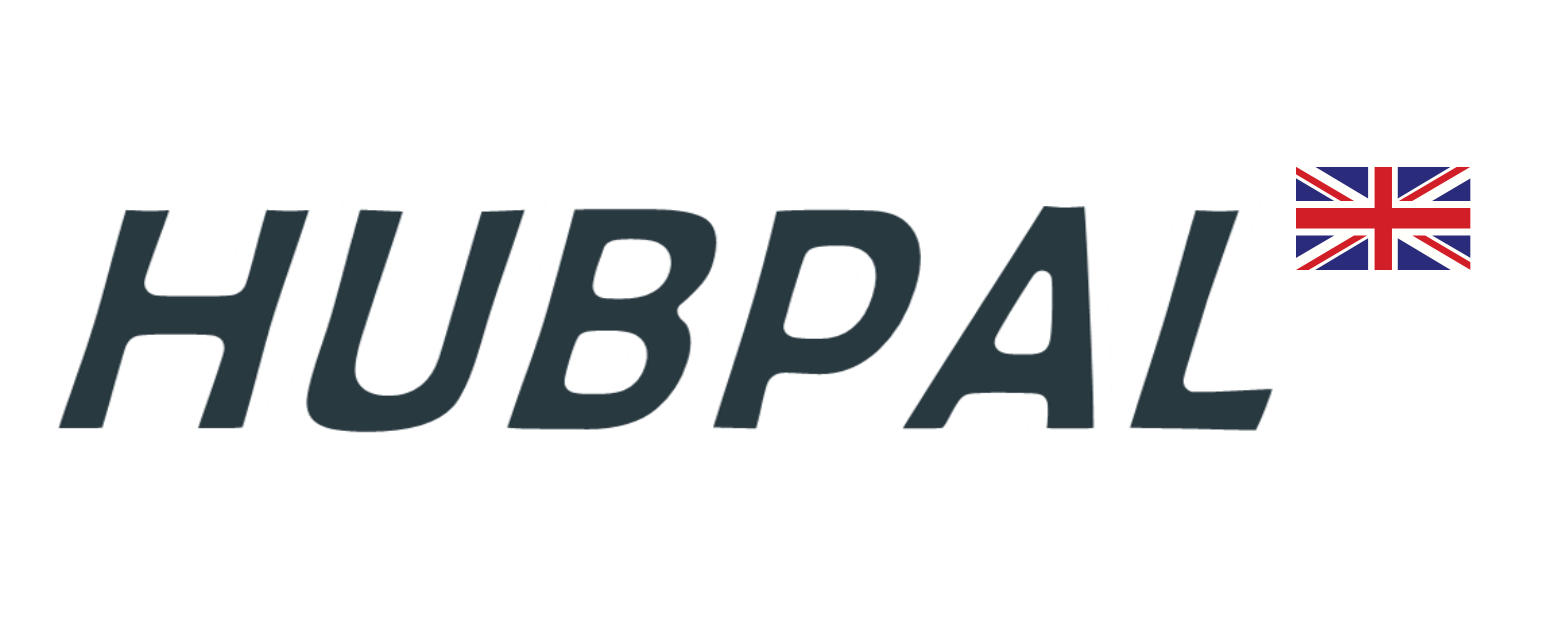UK Accounting SaaS Comparison: Xero vs Sage vs Quickbooks
Looking to replace your current accounting SaaS tool? In this post, we compare Xero vs Sage vs Quickbooks, exploring features, pricing, integrations & more.
Managing financial records is a fundamental requirement for operating a business, and it becomes even more critical for rapidly growing scaleups. However, not all accounting Software as a Service (SaaS) tools are the same, and choosing the wrong one can complicate essential financial tasks and introduce errors. Therefore, if you’re reevaluating your SaaS software stack, starting with your accounting tool might be a wise decision.
In this post, we will compare three of the most popular accounting SaaS tools among Cledara users:
- Xero
- Sage
- QuickBooks
But first, let’s clarify what we mean by “accounting SaaS” and understand how these tools can make a difference.
What Are Accounting SaaS Tools Really For?
Accounting SaaS tools essentially provide finance teams with a unified platform for monitoring financial indicators, generating insights, and producing reports. These software solutions empower finance teams to:
- Automate bookkeeping processes
- Create basic invoices and manage billing
- Calculate taxes
- Manage customer accounts
- Reconcile bank accounts
- Track financial metrics
- Aggregate financial data from Customer Relationship Management (CRM) systems, payroll automation software, and other platforms
Overall, accounting SaaS tools optimize efficiency by:
- Eliminating repetitive manual tasks for finance teams
- Centralizing financial information
- Automating financial reporting
The Impact of Accounting SaaS for CFOs
In today’s business landscape, Chief Financial Officers (CFOs) play a pivotal role in corporate growth strategies. They use financial and operational data for corporate planning, expansion strategies, and fundraising efforts. According to research conducted by PwC:
- 47% of CFOs prioritize building predictive models and scenario analysis capabilities.
- 53% of CFOs plan to enhance finance processes by leveraging data analytics, artificial intelligence (AI), automation, and cloud solutions.
With this in mind, cloud accounting software is essential for CFOs because it enables them to:
- Facilitate improved collaboration with accountants, bookkeepers, and colleagues
- Avoid the time-consuming process of manually compiling reports and spreadsheets
- Provide accurate insights to executives, investors, auditors, and tax authorities
- Utilize real-time information for refining operations, procurement, and hiring decisions
As your company grows and attracts larger customers, investors, and regulatory scrutiny, having a robust accounting system that can scale with your business becomes imperative. Accounting SaaS tools are designed to help CFOs achieve this scalability and reliability.
Xero Accounting Software
In their own words, Xero’s online accounting software connects small business owners with their financial data, their banking transactions, and their advisors at any time.
Xero has earned the highest rating on G2 for reducing administrative time related to finance tasks, but it has received lower ratings for customer support services and the availability of advanced features and invoice customization options.
Notable features of Xero include a wide variety of integrations, a user-friendly interface, and a reputation for offering good value for money.
Xero’s pricing includes three tiers:
- Starter: Starting at $25 per month
- Standard: Starting at $40 per month
- Premium: Starting at $54 per month
Xero is a cloud-based accounting tool designed to simplify financial management for businesses. Launched in New Zealand in 2006, it has become a globally popular accounting software solution with over two million subscribers in more than 180 countries. Xero caters to the needs of small businesses, accountants, and bookkeepers.
Key capabilities of Xero include:
- International operations with support for over 160 currencies, real-time currency conversions, preferred currency reporting, and analysis of currency market impacts on cash flow.
- A centralized view of financial data, enabling users to track cash flow and monitor financial health.
- Efficient bank transaction matching, data reconciliation with bank feeds, and secure online document storage.
- Customized, on-brand invoicing, with options for email delivery or printing of payslips.
- Invoice payment tracking and reminder features.
- Bill payments and tax return filing.
- Generation of financial reports, including profit and loss statements, balance sheets, and cash flow statements.
- A comprehensive overview of a contact’s transaction history.
Xero offers several advantages, including:
- Extensive software integrations, including popular tools like Stripe, PayPal, Vend, Shopify, and GSuite.
- A cloud-based platform for convenient access from anywhere.
- An intuitive and user-friendly interface.
- Mobile apps available for both iOS and Android.
- A detailed dashboard displaying essential financial information at a glance.
- Support for an unlimited number of users at no extra cost.
- High-security standards with data stored securely in the cloud, protected by encryption, two-step authentication, 24-hour monitoring, daily backups, and regular security audits.
However, Xero may not be suitable for all businesses. Some limitations and considerations include:
- Some reviews suggest that Xero may not be ideal for larger businesses and may have limited financial planning and analysis capabilities (FP&A).
- Additional charges apply for features like expense claims, project tracking, and advanced analytics.
- The most basic plan may be insufficient for companies seeking to scale with Xero.
Xero offers a range of plans tailored to businesses of various sizes and growth stages:
- Starter: Starting at $24/month, suitable for sole traders, the self-employed, and new businesses.
- Standard: Starting at $40/month, suitable for growing small businesses and startups.
- Premium: Starting at $54/month, ideal for established businesses and scale-ups.
Sage Accounting Software
According to Sage’s own description, their accounting software allows small businesses to take control of their bookkeeping with time-saving automation, invoicing, and remote access. It aims to improve cash flow, expedite payments, and enhance productivity.
Sage Accounting receives its highest ratings on G2 for tax calculation and financial reporting, but it receives lower ratings for maintenance and updates, as well as being challenging for brand new customers.
Notable features of Sage Accounting include good customer support, seamless integration capabilities, and the ability to generate custom reports.
Sage offers two pricing tiers:
- Sage Accounting Start: Starting at $10 per month
- Sage Accounting: Starting at $25 per month
Sage Accounting enables finance teams to:
- Create and track invoices
- Monitor cash flow
- Automate repetitive tasks
- Record revenue and expenses
Additionally, Sage Accounting supports bank feed integrations, covering a wide range of banks. This eliminates the need for manual data entry, as transactions are automatically imported into your Sage dashboard.
Sage provides several advantages, including:
- A cost-effective starter plan.
- Advanced features like robust inventory management and cash flow forecasting.
- Unlimited transaction and account chart capabilities.
- Telephone customer support for North America.
- Access to over 165 different types of reports, depending on your chosen plan.
However, Sage has some drawbacks to consider:
- It may not be as advanced and user-friendly as some alternative accounting software options.
- Some crucial features, such as receipt capture, are lacking.
- Expense tracking is relatively basic, and automatic expense categorization is not available.
Sage offers two main plans:
- Accounting Start, priced at $10 per month, suitable for solopreneurs and micro-businesses with basic accounting needs.
- Accounting Plan, priced at $25 per month, designed for small businesses requiring powerful cloud accounting software.
As of the time of writing, Sage offers a promotion that includes 3 months for free with no commitment, allowing you to cancel at any time.
QuickBooks Accounting Software
QuickBooks is a widely recognized accounting software known for its ability to compile a business’s financial information into easily understandable and manageable reports. As a market leader in the United States, QuickBooks is often considered an ideal solution for small-to-medium-sized businesses, primarily due to its entry-level support and user-friendly features.
QuickBooks is a comprehensive accounting SaaS tool with a range of capabilities, including:
- Monitoring income, expenditure, and profitability.
- Real-time tracking of inventory.
- Categorizing income and expenses into tax categories.
- Creating and sending customized invoices.
- Cost control and instant insights.
- Generating and exporting comprehensive reports.
- Capturing and organizing receipts.
- Accessing accounting reports on-the-go through the QuickBooks mobile app.
- Accepting credit card payments anywhere.
- Automatic tax calculations.
QuickBooks also integrates seamlessly with over 750 third-party solutions, including PayPal, Square, and Shopify.
QuickBooks Pros:
Some of the key advantages of using QuickBooks include:
- A simple and intuitive interface with a low learning curve.
- A robust set of features, even in the entry-level plan.
- Support for numerous tax forms, such as W-2s, W-3s, and 1099s.
- Extensive integration options with a wide variety of third-party apps.
- Strong customer support, including phone support and live chat assistance available seven days a week in all plans.
QuickBooks Cons:
However, there are some drawbacks to consider when using QuickBooks:
- Each plan limits the number of users allowed.
- Limited availability of industry-specific reports.
- Users with multiple businesses must pay for separate subscriptions.
- Lack of comprehensive payroll automation features.
QuickBooks Plans & Pricing:
QuickBooks offers three pricing plans:
- Simple Start: Starting at $17 per month, suitable for up to 2 users.
- Essentials: Starting at $26 per month, suitable for up to 4 users.
- Plus: Starting at $36 per month, suitable for up to 6 users.
All QuickBooks plans come with a 30-day free trial, and as of the time of writing, they offer a 50% discount on the subscription’s first three months.
Our Verdict: Sage vs Quickbooks vs Xero
Choosing the right accounting tool for your business involves considering various factors, including your SaaS budget, team size, finance department’s goals, existing finance stack, and the nature of your product or service. Xero, Sage, and QuickBooks are all excellent tools, but which one is the best fit for your business? Here’s a brief comparison:
Xero:
- Ideal for small and mid-size businesses and freelancers.
- Particularly popular in Australia and New Zealand.
- Offers clear and intuitive software, including a mobile app.
- Provides basic features at an affordable price.
- Additional features like expense claims, project tracking, and analytics may require extra payment.
QuickBooks:
- Trusted and well-known by accountants and bookkeepers in the United States.
- Strong in compliance, making it easy to follow state and federal tax regulations.
- Great for small to mid-sized businesses seeking robust financial features and integrations.
Sage:
- May have a steeper learning curve and a higher price tag.
- Preferred by larger enterprises for its ability to manage multiple business entities.
- Offers comprehensive reporting, HR, payroll, and payment capabilities.
Combining Your Accounting SaaS with a SaaS Management Solution:
As your company grows, SaaS expenses tend to increase, which might not always be apparent in your accounting tool. Implementing a SaaS subscription management platform like Cledara can help you manage your SaaS spending effectively. With Cledara, you can:
- Connect to accounting systems like Xero or QuickBooks and automatically push SaaS transactions and invoices.
- Capture and reconcile invoices automatically.
- Gain centralized visibility into all team software subscriptions.
- Discover hidden software costs.
- Effortlessly manage SaaS platform access and user seats.
- Identify and unsubscribe from unnecessary SaaS tools.
- Ensure everyone has access to the necessary tools.
- Prevent shadow IT.
Take control of your SaaS spending by exploring Cledara’s Hubpal through a free demo.
Recommended Posts

5 Financial Problems Fintech Can Solve
February 2, 2023

New management methods which rock
January 30, 2023

How to make a statement in a session
January 30, 2023


